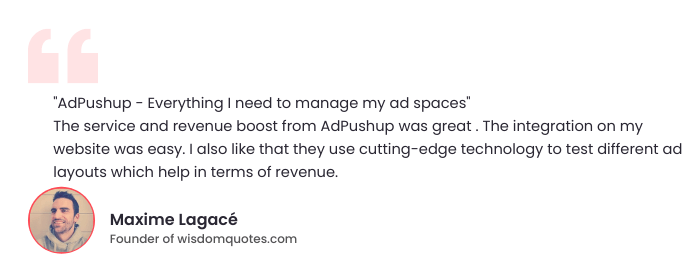Suppose you have 5 ad units on a webpage and need to run auctions for each of them. Going by standard procedures, 5 bid requests will be generated for each ad unit and forwarded to the ad server, i.e, the system will run an individual auction for each 5 ad units.
Clearly, this process is very redundant. Multiple demand partners will be contacted more than once for ad units on the same webpage. Single Request Architecture can help avoid this.
What is Single Request Architecture?
In the case of an auction, ad tags are used to generate bid requests. With Single Request Architecture, one ad call with details of all ad units is sent to the ad server. Similarly, the server responds to all the ad requests at once.
Google Publisher Tag is the ad tag library used by Google Ad Manager. It has a single request architecture feature. While creating GPT tags for their webpages, publishers need to turn on SRA. Once implemented, GPT will start sending bundled ad requests.
Single request mode only works when ad units or tags are defined in the header of the webpage. Hence, GPT goes to the header tag and so does the header bidding wrapper.
Why Should Publishers Use SRA?
To further understand the need for SRA, let’s expand on the example used above. A user is loading a webpage with 5 ad units. In a multi-request architecture, there are 5 different auctions that need to be conducted. For the sake of this example, let’s assume, the publisher is in contact with 10 demand partners. Meaning, the webpage will send 50 (5×10) ad requests. Since header auctions take place on the client-side, the browser will generate and send 50 ad requests simultaneously, which in turn will cause page latency.
SRA provides a solution here. For the 5 ad units, a single ad request will be sent to each demand partner. Simple maths, now browser has to process 10 ad requests in total.
Moreover, on the demand-side, this gives advertisers the opportunity to have a look at the entire webpage and all the available ad units. Based on this data, they will be able to choose the most preferable ad unit to display their creatives and make a bid.
Client-side header bidding is notorious for causing latency as the auctions run on the user’s browser. Adding SRA to the process usually improve page performance.

Limitations
Google Ad Manager has a strict 2,000 character URL limit. When using SRA, the URL of ad request can exceed this limit, given the details of various ad units to be added to a single request. If that happens, GAM will not process the URL request. If this happens a lot, publishers are advised to go with multi-request architecture instead.
Another thing: Adding more ad slots in the <head> section than actually displayed on the webpage leads to GPT errors. Let’s say that your webpage has 5 ad slots added to the header but the webpage only displays 4. In this case, GPT will bundle all the 5 ad slots to generate the ad call, however, one response will not be accepted by the webpage, causing confusion. To solve this problem, simply remove the extra ad slots from the header.
In the case of header bidding, the implementation of single request architecture will require significant engineering work. However, the publisher’s interest and the buyer’s demand should boost the use of SRA in future.

Shubham is a digital marketer with rich experience working in the advertisement technology industry. He has vast experience in the programmatic industry, driving business strategy and scaling functions including but not limited to growth and marketing, Operations, process optimization, and Sales.









1 Comment
Thanks for sharing the post.